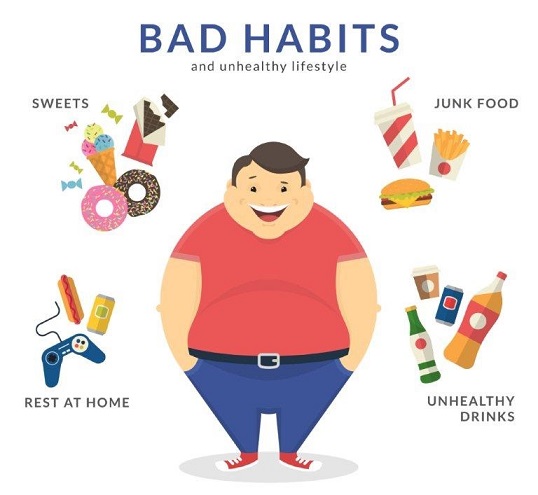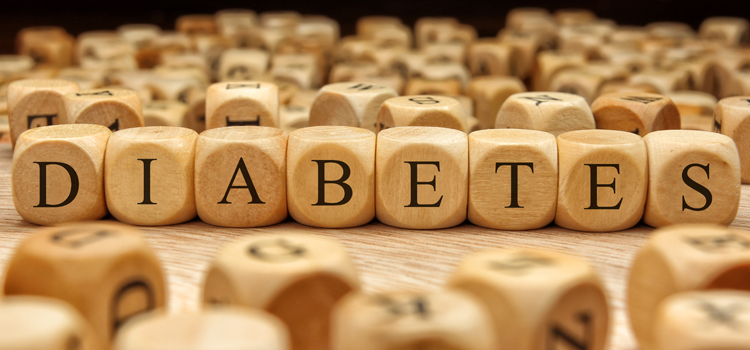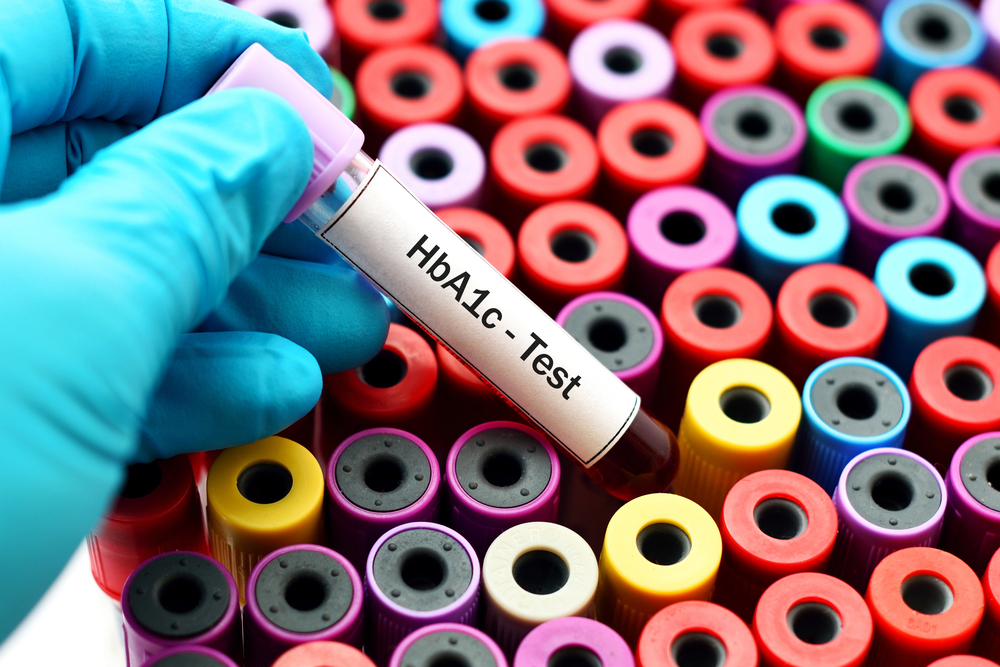Symptoms of Prediabetes

Prediabetes heightens the risk of developing stroke, heart disease, and type 2 diabetes. Thus, it becomes important for individuals to recognise prediabetes symptoms for timely intervention. This article will discuss the symptoms, causes, and diagnosis of prediabetes.
What is prediabetes?
Prediabetes is marked by blood glucose levels that are higher than normal but not as high as type 2 diabetes. It is considered an intermediate stage in the development of diabetes. However, with lifestyle changes such as adopting a healthy diet, increasing physical activity, and losing excess weight, it’s possible to prevent or reduce the risk of developing diabetes.
What causes prediabetes?
Prediabetes is caused by factors such as:
1. Insulin resistance
2. Obesity
3. A family history of diabetes can increase susceptibility to prediabetes.
4. Lack of physical activity reduces the body’s ability to regulate blood sugar.
5. The risk of prediabetes increases with age, particularly after 45.
6. Diets high in refined sugars and processed foods contribute to elevated blood sugar levels.
7. Inadequate sleep may affect insulin sensitivity and glucose metabolism.
8. Fluctuations in hormones, as seen in polycystic ovary syndrome (PCOS), can impact blood sugar.
9. Hypertension and high cholesterol can also increase the risk of prediabetes.
What are the risk factors for prediabetes?
Prediabetes poses several risks to the body, thereby increasing the likelihood of developing severe health conditions.
Some of these risks include:
1. Type 2 diabetes
2. Cardiovascular diseases
3. Kidney damage
4. Nerve damage (Neuropathy)
5. Eye complications
6. Foot ulcers
What are the signs and symptoms of prediabetes in females and males?
Prediabetes often doesn’t cause noticeable symptoms, and many people may not be aware that they have it. However, some individuals may experience subtle signs that could indicate the presence of prediabetes.
Prediabetes symptoms may include:
1. Increased Thirst: Feeling unusually thirsty may result from the body trying to eliminate excess sugar through increased urine production.
2. Frequent Urination: Elevated blood sugar levels can make the kidneys work harder than usual to filter and absorb excess glucose. This causes increased urine production and a higher frequency of urination.
3. Fatigue: Although fatigue is a general symptom, it can be associated with prediabetes, as the body cannot use glucose for energy effectively.
4. Blurred Vision: Fluctuations in blood sugar levels have an effect on the shape of the eye’s lens, leading to blurriness. This symptom is often reversible with proper blood sugar management.
5. Increased Hunger: The body’s cells may not be efficiently using glucose for energy, leading to persistent feelings of hunger despite eating.
6. Slow Wound Healing: High blood sugar levels can impair blood circulation and the body’s ability to heal, resulting in slower recovery from injuries, cuts, or bruises.
7. Tingling or Numbness: Elevated blood sugar levels can result in nerve damage, causing sensations of tingling or numbness.
8. Skin Issues (Acanthosis Nigricans): Acanthosis nigricans is a skin condition characterised by dark, thickened, and velvety skin. It often appears in folds of the skin, such as the neck or armpits, and can be associated with insulin resistance.
If someone is experiencing signs of prediabetes, it is essential to consult with a doctor for personalised advice and testing.
How is prediabetes diagnosed?
These tests help identify prediabetes, allowing for timely intervention and lifestyle adjustments to prevent the progression to type 2 diabetes:
1. Fasting Plasma Glucose (FPG) Test: Doctors conduct the FPG test to diagnose prediabetes. After an overnight fast, a blood sample is taken. A fasting blood glucose level ranging between 100 and 125 mg/dL signals prediabetes.
2. Oral Glucose Tolerance Test (OGTT): The OGTT involves fasting overnight, followed by consuming a glucose solution. Blood sugar levels are then measured two hours later. If the result falls between 140 and 199 mg/dL, it suggests prediabetes.
3. Haemoglobin A1c Test: Utilizing the A1c test, doctors measure average blood glucose levels over a few months. An A1c range between 5.7% and 6.4% indicates prediabetes, providing a longer-term perspective on blood sugar control.
Understanding prediabetes symptoms and treatment is essential for a healthy life. Adopt a healthy lifestyle, incorporate regular exercise, and maintain a balanced diet to maintain healthy blood sugar levels. Timely detection of prediabetes through diagnostic tests and consulting a doctor is crucial for proper management.
FAQs
1. What is the fastest way to treat prediabetes?
The fastest way to address prediabetes is by committing to a healthy lifestyle. Focus on a balanced diet with whole foods, engage in regular exercise, limit sugary foods and beverages, and monitor blood sugar levels. Consult a doctor for proper guidance.
2. Does prediabetes go away?
In some cases, it is possible to reverse prediabetes by adopting a healthy lifestyle. It is important to consult a doctor to get personalised advice and management measures.
3. Is prediabetes serious?
Prediabetes is serious, as it can lead to the development of diabetes and associated health problems.














